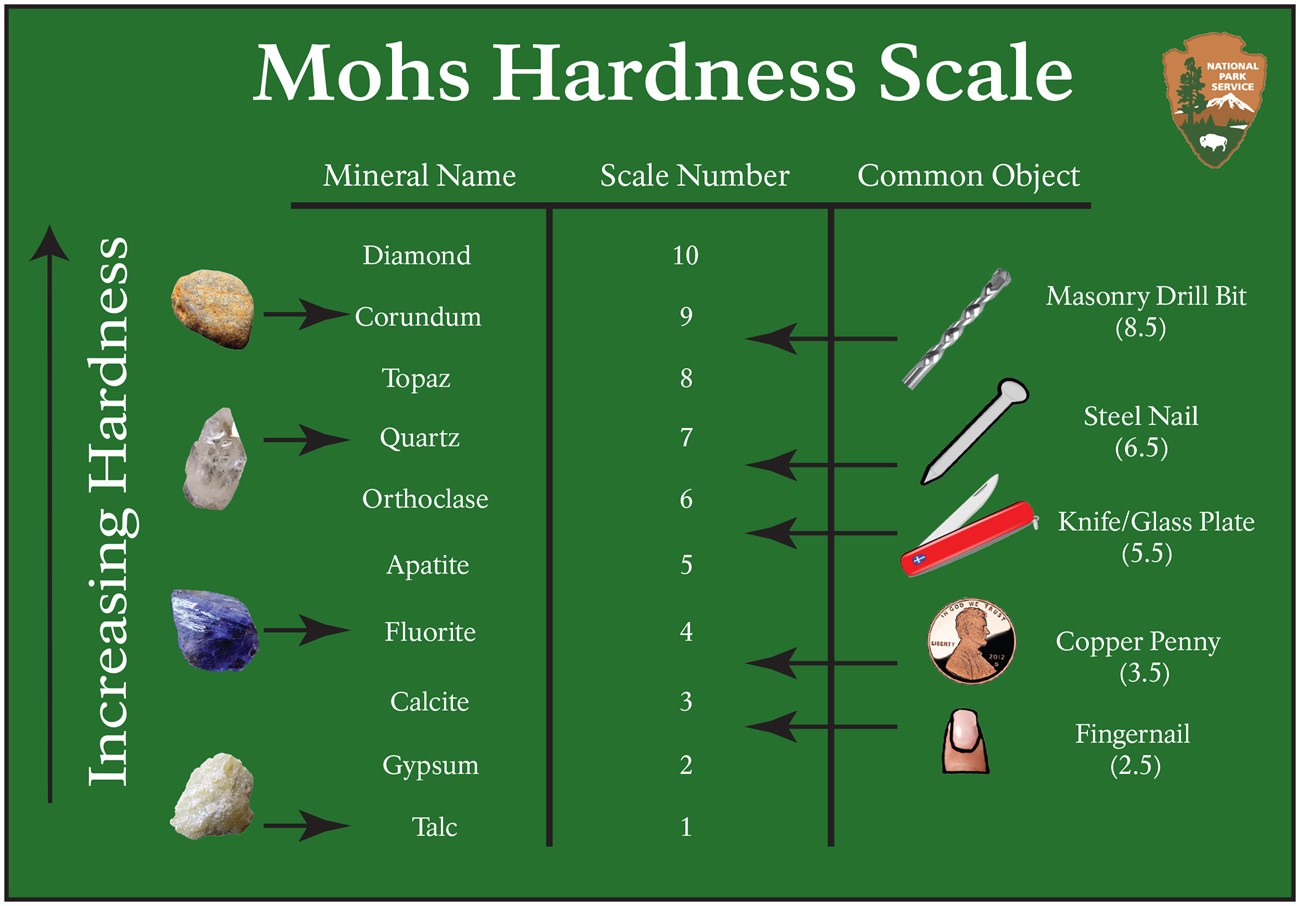Did you know that the hardness of a gemstone is a factor in determining its value? Harder gems are more durable and scratch-resistant, making them ideal for everyday wear.
When selecting gemstones for jewelry, understanding their durability is just as important as appreciating their beauty.
The Mohs hardness scale is a critical tool providing a clear metric for evaluating the scratch resistance and overall durability of various minerals and gems.
This guide explores the Mohs hardness scale, its application in jewelry, and why it’s crucial for choosing the right gemstones, especially for pieces like rings that endure frequent wear.
What is the Mohs Hardness Scale?
The Mohs hardness scale is a scale used to identify a mineral or gem’s hardness and scratch resistance.
Luckily for us, mineralogist Friedrich Mohs took the time and risk of testing the hardness, or more specifically the scratch resistance, of various minerals and gems. This means we don’t have to risk our precious gems to see how durable they are.
This provides us with a pretty good baseline understanding of what a gem or piece of jewelry can handle.
Mohs Scale of Hardness Chart
The Mohs scale goes from 1-10. 10 being the hardest mineral like diamond. 1 being the softer minerals that can be scratched by common objects.

Importance of Choosing the Right Hardness
In gemstone jewelry, the Mohs hardness scale is fundamental for determining how well a gemstone can withstand scratches and daily wear. A higher hardness rating implies that a gemstone is more suitable for frequent use, as it can resist scratches from materials that rank lower on the scale. This is particularly important for rings and bracelets which come into frequent contact with various surfaces throughout the day.
Selecting a gemstone with the appropriate hardness for the type of jewelry and its intended use is crucial. This ensures that the jewelry not only looks beautiful but also stands up well to the rigors of everyday use. For example, softer gemstones like lapis lazuli (Mohs 5-6) or opal (Mohs 5.5-6.5) are better suited for earrings or pendants rather than engagement rings or bracelets.
What is the best Mohs hardness for rings?
For jewelry such as rings that are prone to bumps and scratches, choosing a gemstone with a Mohs hardness of 7 or higher is advisable. Gemstones with a hardness of less than 7 can still be used in rings but might require more care and protection against rough conditions.
Here are some gemstones appropriate for rings based on their Mohs hardness:
| Diamond | 10 Mohs Hardness Scale |
| Moissanite | 9.25 Mohs hardness test |
| Sapphire | 9 Mohs hardness test |
| Ruby | 9 Mohs hardness test |
| Emerald | 9 Mohs hardness test |
To make the Mohs hardness more relatable, it’s useful to consider how gemstones compare to everyday items:
- Fingernail: 2.5
- Copper coin, back of knife, iron: 3-3.5
- Glass: around 5.5
- Steel depending on factors such as shape and temperament: 4-7
Quick Notes
- Common objects such as your fingernails and keys can scratch certain gems.
- Consider your day-to-day life and determine which gemstones are best suited for your lifestyle.
- On the Mohs hardness scale, where 10 represents the hardest mineral and 1 the softest.
- Gemstones with a hardness rating of at least 7 are recommended for daily wear, especially in jewelry such as rings.
- List of other potential engagement ring gems
